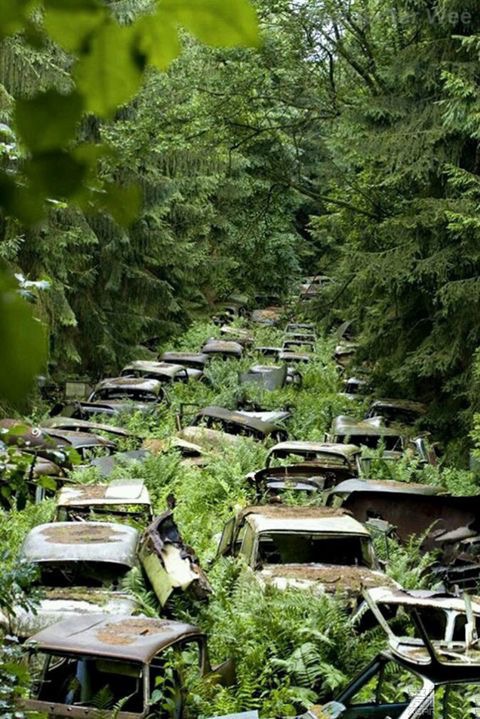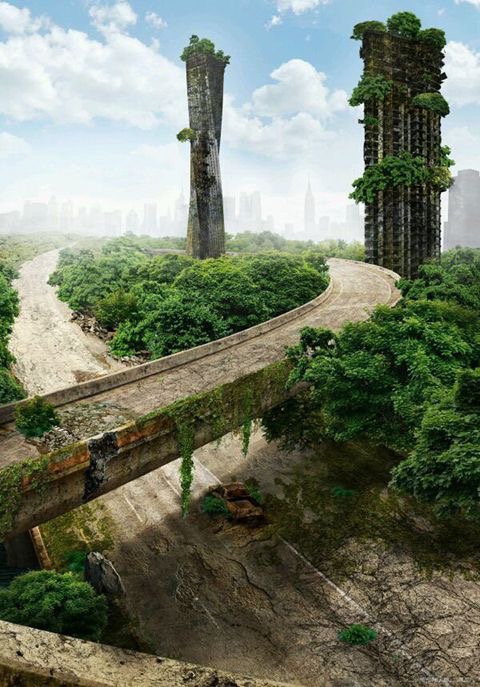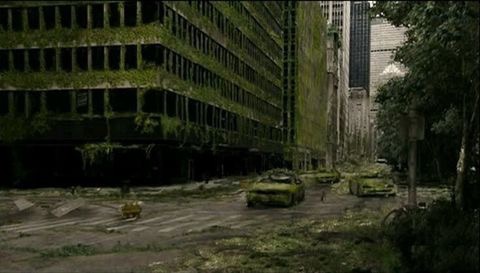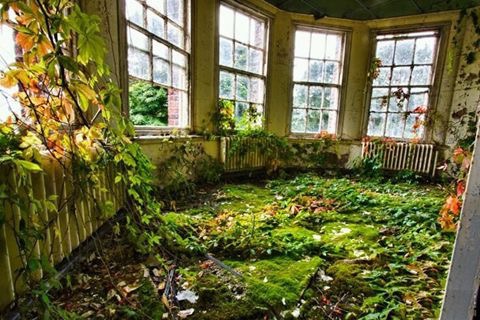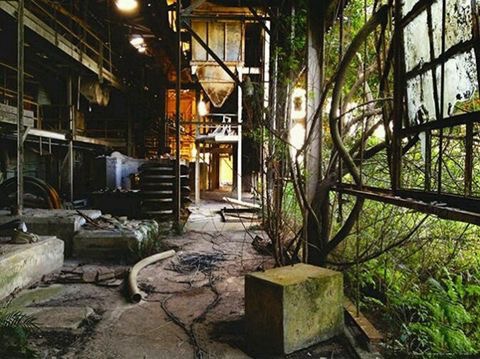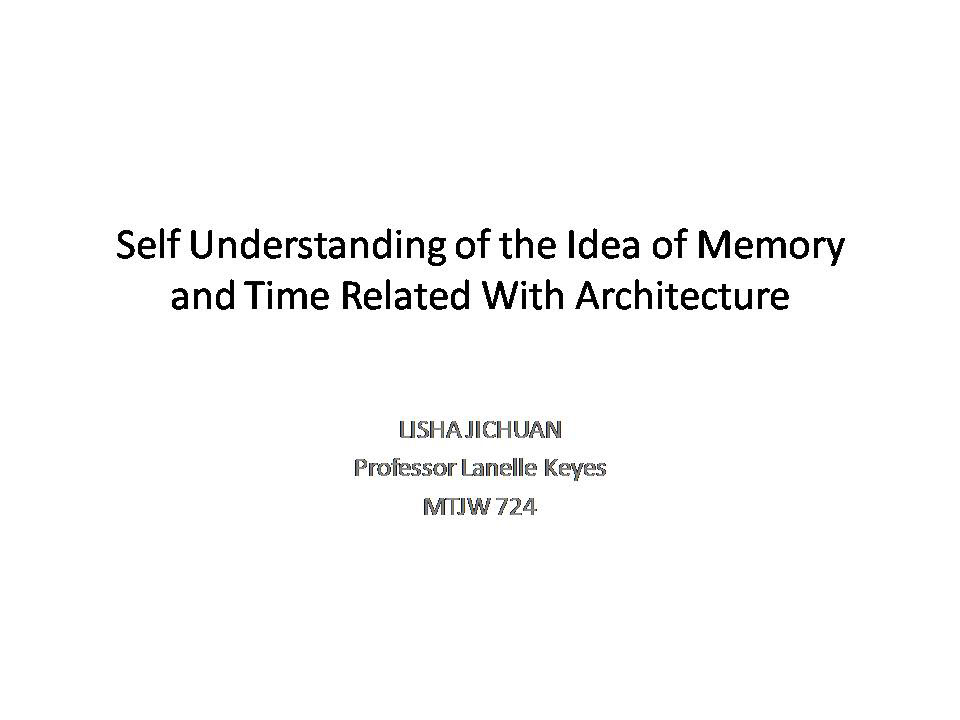
For better understanding and emotional connection between me( the artist) and the viewer. I tend to have two main guidance to let audience understand better, one is from the literal description, poetries, and the other one is from the visual photography, mood board.
And my main material investigation would be focus on the moss. And get connection with architectural structure and landscape.

Start from the base of the creation which are Tangore’s poetries, the creation background and give the strongest self emotional connection of the idea of time and memory.
Especially the Stray Birds and Gitanjali are written a lot about love, time and memory which are given strong imagery in the mind.
Tagore often writes about nature such as birds, grass, trees, a sunrise, a sunset, the breeze of the wind, the crystal clear water and so on. All of these external objects express the mythical, cosmological origins of the world which are meaningful and thought-provoking.
Stray Birds and Gitanjali are written a lot about love, time and memory which are given strong imagery in the mind. They all focus on the poet’s love and of God. Tagore’s religious is the perpetual praise of the natural world, which gives a dynamic connection between him and the love of God. Tagore, as a naturalist writer can be concerned as Romanticism, who often writes of nature and express symbolically the inner works of the self and motifs in Romanic poets to express larger realities or subjective realities.
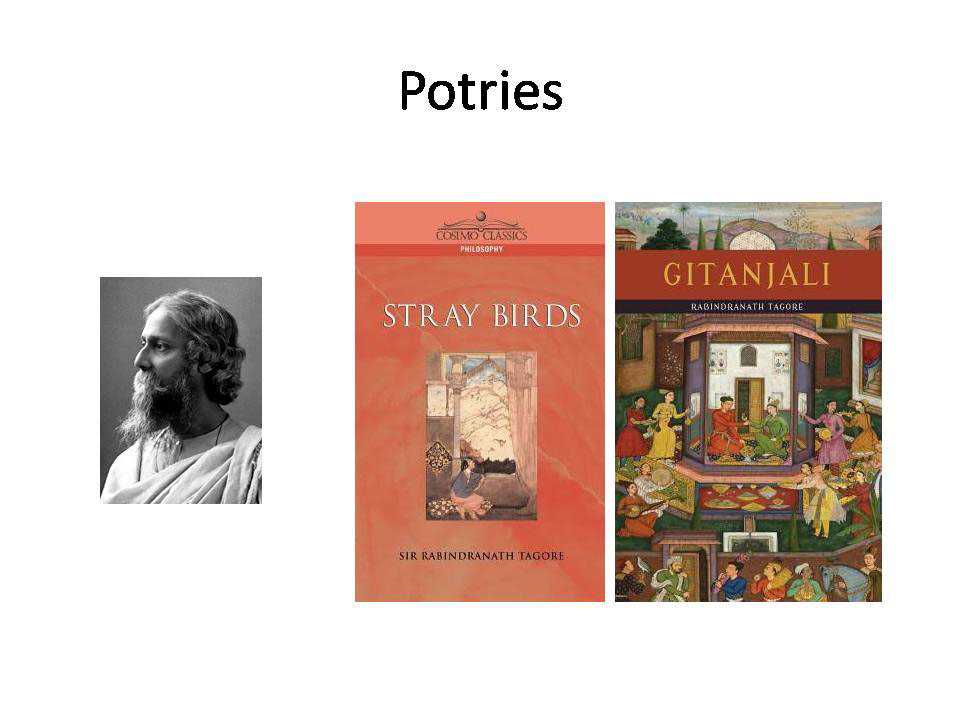
According to Lippard’s words: “Place for me is the locus of desire.”(Lippard 4)While traveling through different places, I find they contain the memory of my different lifetime. Architecture and landscape are never eternal, as I look back, they are all covered with moss or kudzu indicating the time has passed. Some people argue that most of the historical place is gasping its last breath. There are those who think that the space it occupies could be better utilized by the creation of a large corporate modern architecture of shopping district complete with high rise apartments and nondescript shops. Perhaps, historical architecture has much to offer in its present form, as well as potential for future development. However, the historical and memorial value cannot be ignored. But still, some of the historical and memorial places have been taken place with modern architecture; while later generations would no longer have the idea of the historical places would be like unless reading from books. That is the reason that I choose moss as my main investigation material
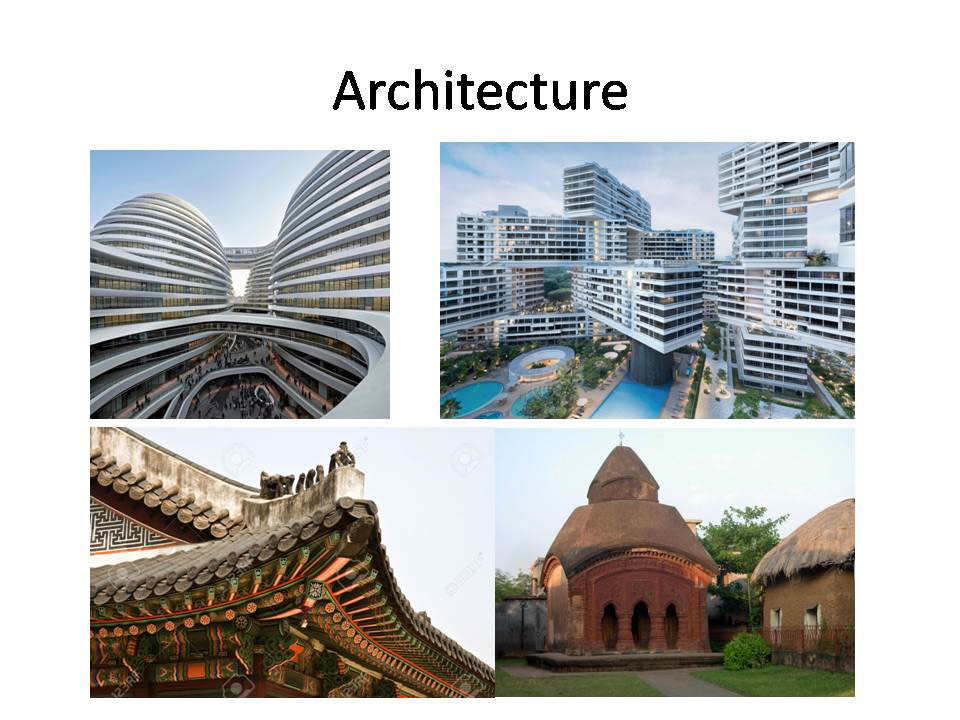
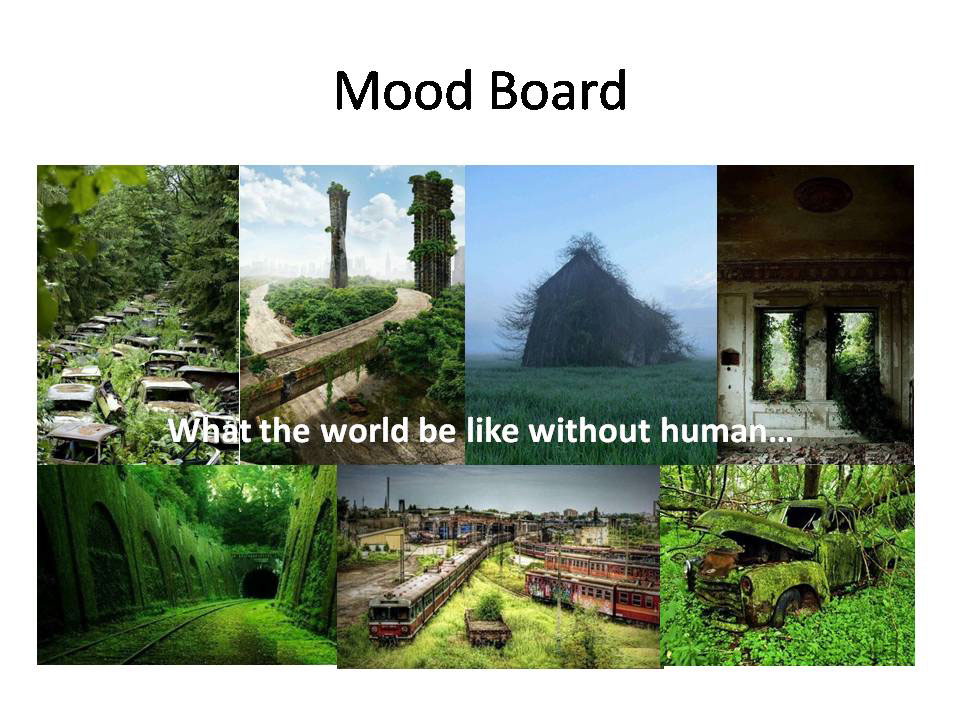
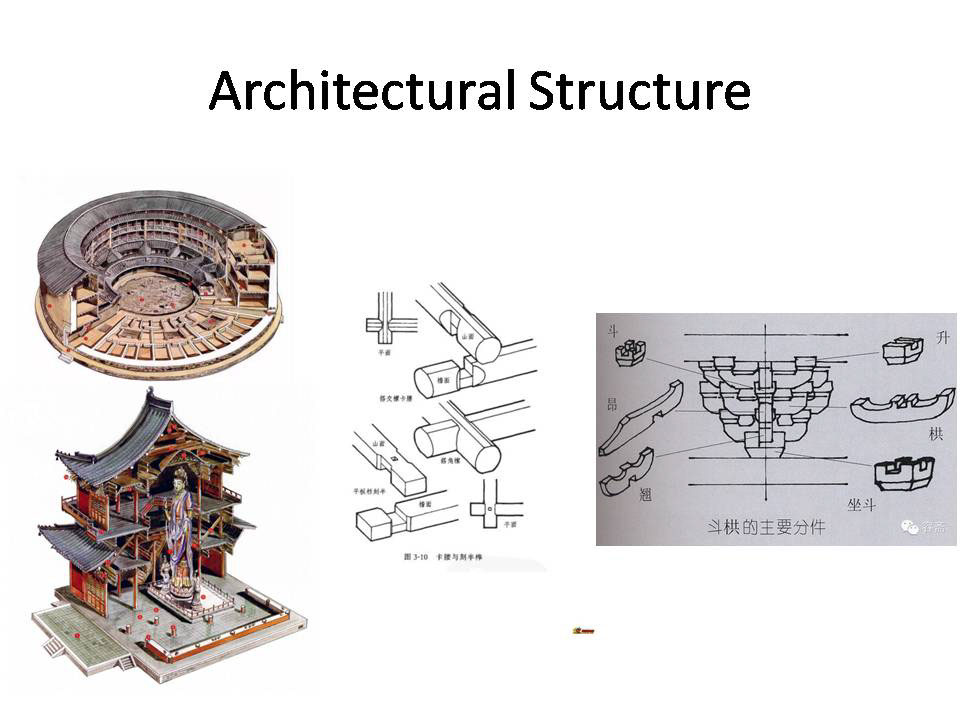
As self understanding of expressing the idea of time and memory, vivid and lively poetic words and visual graph would give a strong sympathy, deep visual and emotional attraction to people. Otherwise, “Place is latitudinal and longitudinal within the map of a person’s life. It is temporal and spatial, personal and political. A layered location replete with human histories and memories, place has width as well as depth. It is about connections, what surrounds it, what formed it, what happened there, what will happen there,” states Lippard(7). Places can also be stands in landscape and architecture. It is an identity or understanding of period of time. Nora states, “Where memory is no longer everywhere, it will not be anywhere unless one takes the responsibility to recapture it through individual means (Nora 6).



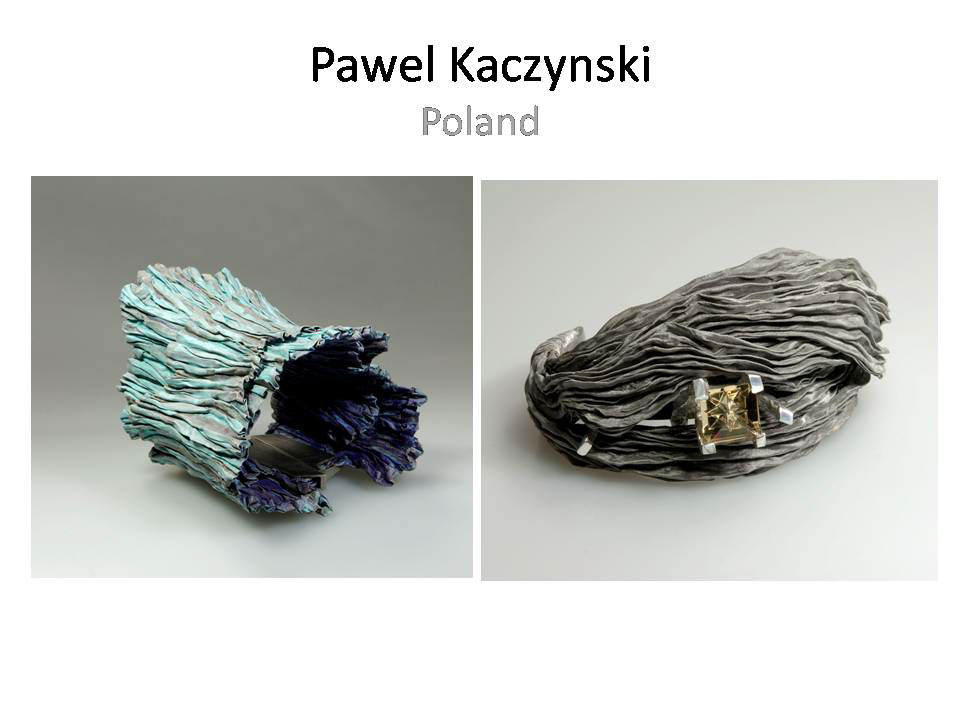
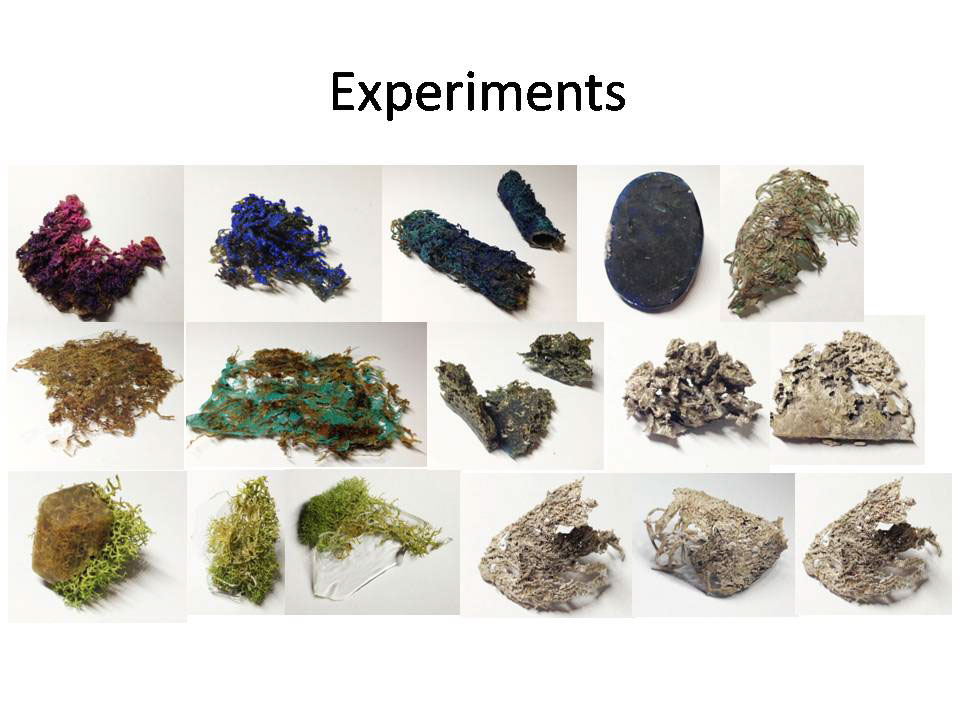

In Gitanjali, “Endless Time”, Tagore raises the idea of remembering the gift of time: “ Time is endless in thy hands, my lord./ There is non to count thy minutes” (lines 1-2). “ Days and nights pass and ages bloom and fade like/ flowers./ Thou knowest how to wait”(line 3-5). Tagore give a new idea on time that which is not owned but entrusted by the creator God observed by Hayes (483). Tagore uses the comparison of fragile of time and the aching beauty of a flower to remind the weakness of time.

As in stanzas 75-77 in Stray Birds, Tagore writes, “We read the world wrong and say/ that it deveices us/ The poet wind is out over the sea and the forest to seek how own voice/ Every child comes with the message that God is not yet discouraged of man.” Tagore transforms maya into a false understand and metaphorically compares the nature of humankind that human is not borned evil. And “ The grass seeks her crowd in the earth/ The tree seeks his solitude of the sky” but “ Man barricades against himself” ( stanzas 78-79). He also claims that the natural are wiser than human because they can “ seek their glorious place within the earth, within the phenomenal world of change; but human seeks to turn against the phenomenal world, to desire to ignore it, mistreat it, abuse it, forget it , pretend it is not there, and transcend it.” (Hayes 485). In Tagore’s point of view, god is the only one who has the right to hide besides human is hiding away from divine which would bring disconnected and death while god “hiding with a desire to be sought after and found by his creation. So Tagore enlightens us with the lines, ‘this longing is for the one who is /felt in the dark, but not seen in the day’ (Stanza 87)” (Hayes 485). Tagore develops the myth motif of God’s hiding from darkness and the longing of the seeker to find the glory.

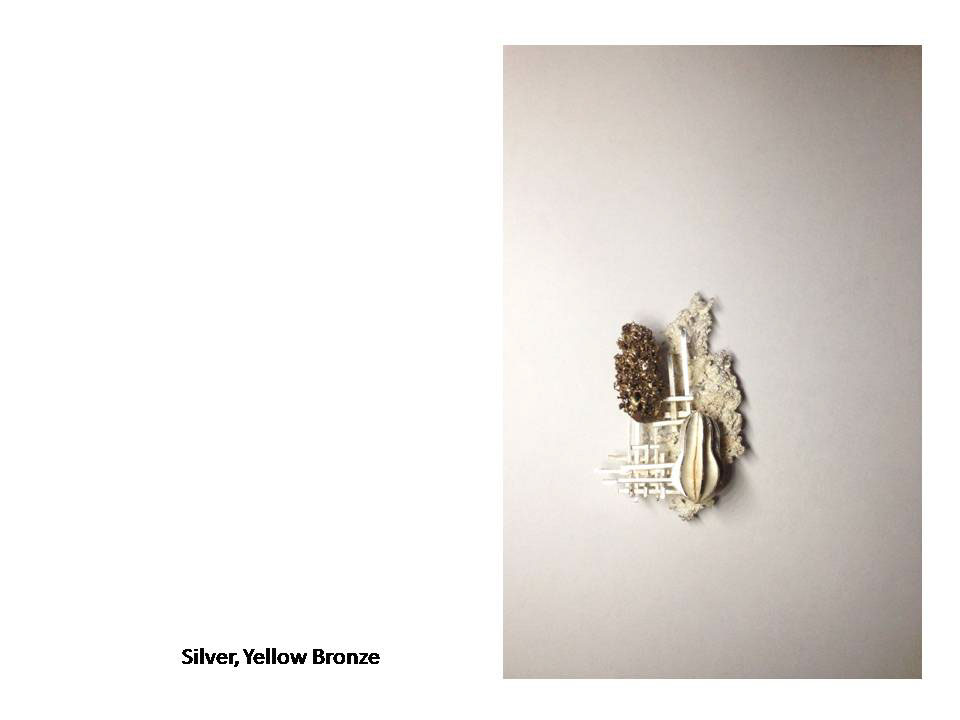
Samples...







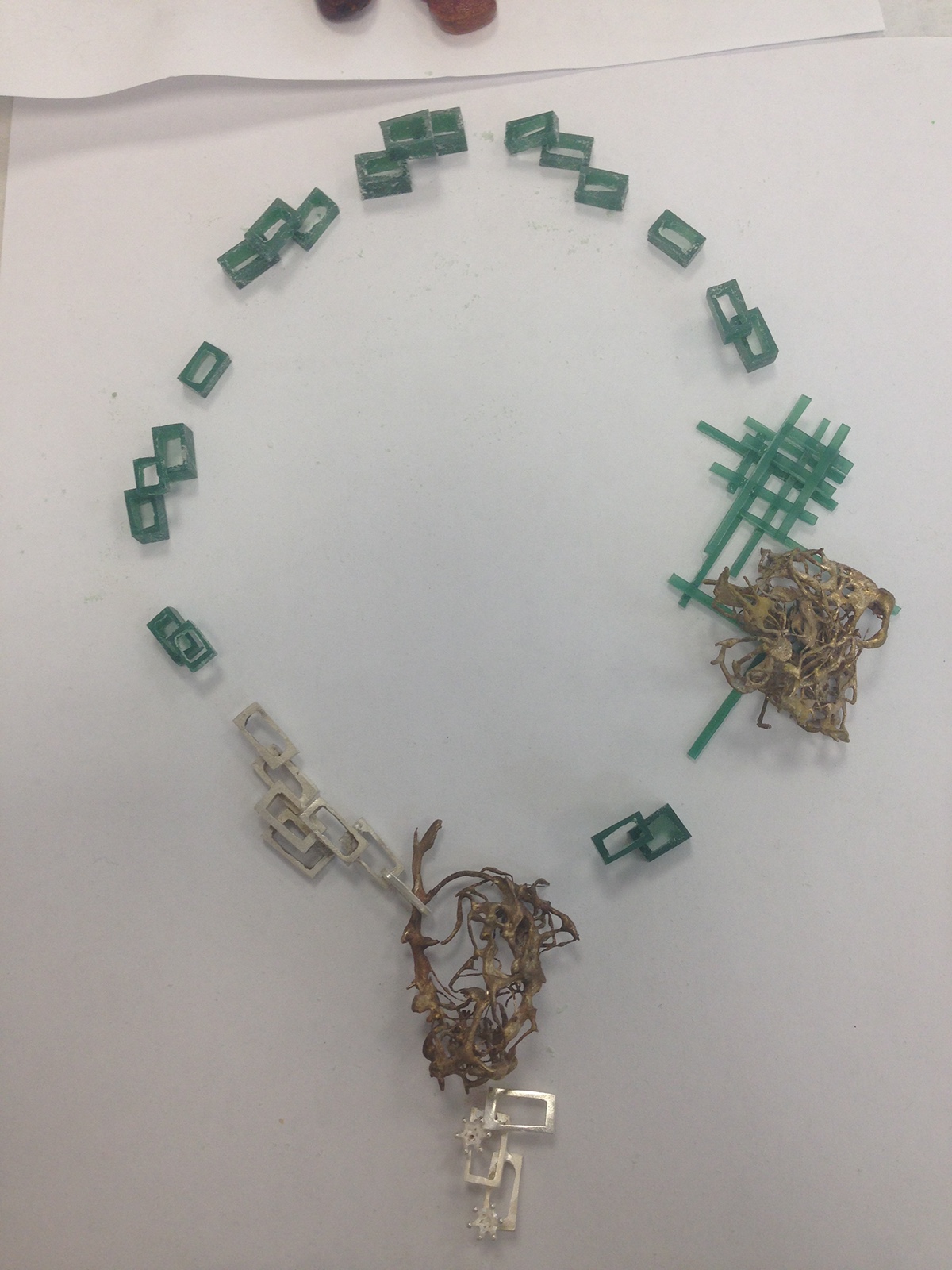
Mood Board...World without Human Being....
